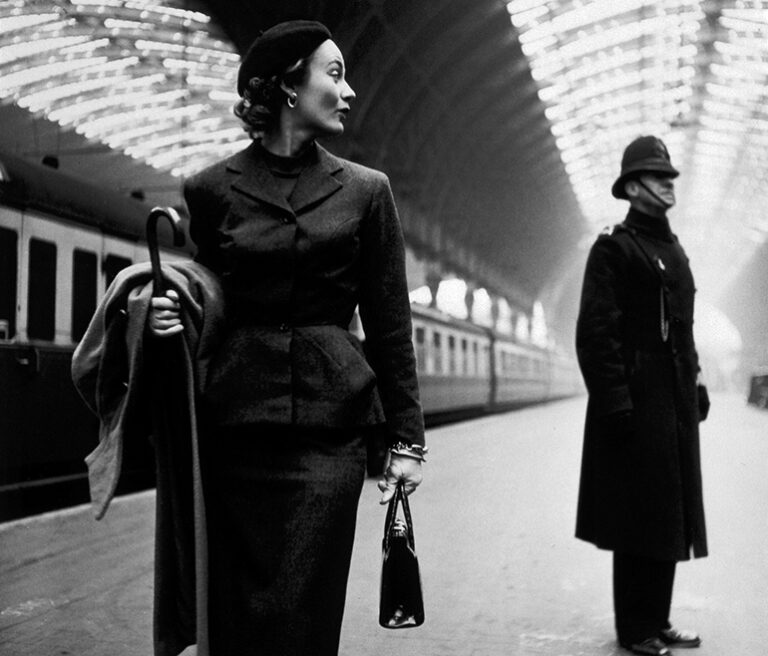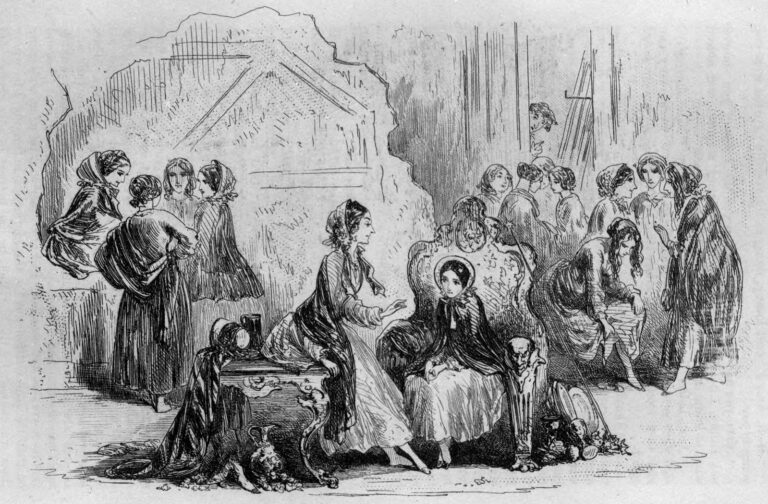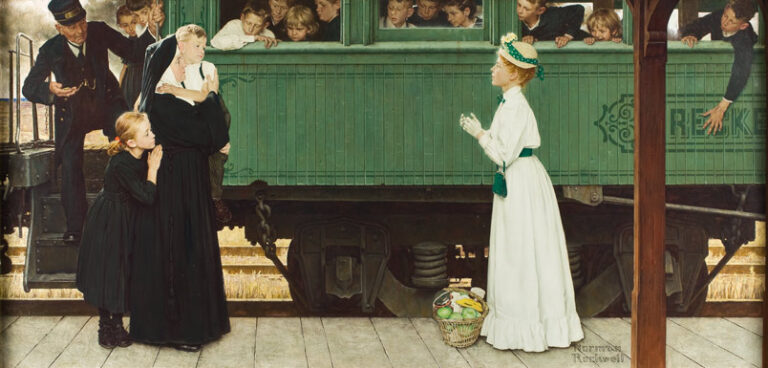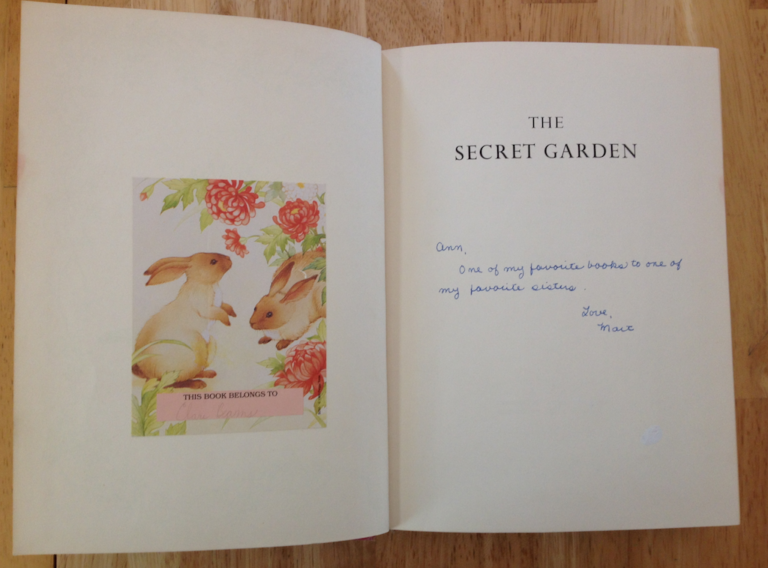The Spinsters of Barbara Pym’s Excellent Women
Barbara Pym’s spinsters are trademarks of her novels, and their lives—outwardly ordinary and richly interior—are symbolic of the fullness, rather than the absence, that shape their days.
Please note that shipping will be slower than usual for orders placed between Dec. 24-Jan. 15! Thank you for your patience.

Barbara Pym’s spinsters are trademarks of her novels, and their lives—outwardly ordinary and richly interior—are symbolic of the fullness, rather than the absence, that shape their days.

In the third season of The Affair, one of the Solloway children comes home excited to tell his mother that he’s participating in a musical version of Jane Eyre.

Though genre forms and conventions have changed rapidly throughout the short history of the novel, the popularity of one subspecies has endured: the bildungsroman, or coming-of-age novel.

The reputation of the nineteenth century novel tends to precede its reading. By this I mean: few readers come to first contact with the likes of JANE EYRE, MIDDLEMARCH, or TESS without some established prejudice for or against the genre, usually in the milieu of a middle or high school literature class.

Between 1854 and 1929, around 200,000 homeless, abandoned, and orphaned American children were sent by train, mostly from New York City, to new homes, mostly in the Midwestern U.S. Later in the twentieth century and early in the twenty-first, in our contemporary versions of the Orphan Trains, planes from Vietnam and Korea brought escorted children…

In the wide realm of literature, having parents is a convenience that escapes many characters. The Orphan is one of the most prominent characters in literature, in part because the absence of parental figures automatically fuels so many possible motivations. Origin Story: Unlike some blueprints, which can be traced to Greek origins, the Orphan…

My childhood copy of The Secret Garden is unusually pristine for one of my books though I read it many times. Two of us must have worked hard to keep it that way; the book was my mother’s before it was mine. Next to the flowery, rabbity bookplate I stuck inside, you can see the…
In this second installment of the Literary Blueprints series, we’ll look at the Mad Woman. Don’t forget to read the first Blueprint, The Byronic Hero. Origin Story: Also referred to as “The Mad Woman in the Attic,” this character type hails from the dark side of Jane Eyre. Bertha Mason, the mysterious Mr. Rochester’s first…
Follow this new blog series in 2015, where we’ll delve into the background of character archetypes–the Mad Woman, the Detective, and the Wise Fool, to name a few. In this first installment, we take a look at the Byronic Hero. Origin Story: In literature, the Byronic Hero’s first embodiment is Childe Harold, protagonist of Childe Harold’s…
No products in the cart.